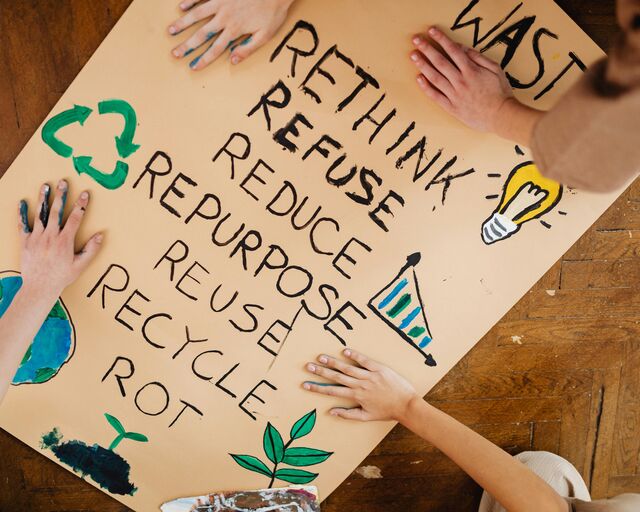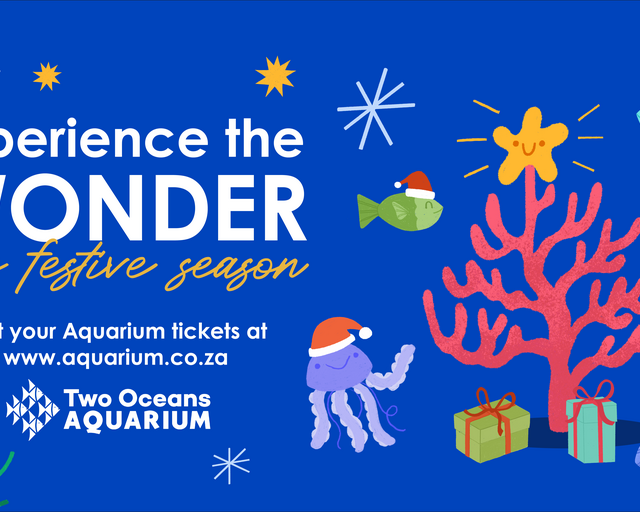Meet the elephant seals visiting Cape Town's beaches
Cape Town’s shores have recently been graced by some fascinating (and rather large) visitors from the South Atlantic Ocean: Southern elephant seals! This is a unique opportunity to learn more about a seal species very different to our local Cape fur seals, so let's dive in...
A little bit about these large seals…
As the largest of the world’s seal species, southern elephant seals are true giants of the seal world. Males can grow to lengths of nearly 7m and weigh as much as 5 tonnes! The most iconic feature of male southern elephant seals is undoubtedly their large noses (proboscises), which amplify their roars during territorial displays and competition over mates. Females are much smaller than males, typically reaching 3m in length and weighing up to 900kg. Despite their impressive size, southern elephant seals are graceful and quick in the water.
Southern elephant seals have a wide distribution in the Southern Ocean, with the majority of breeding and resting sites on the Subantarctic and Antarctic islands. However, these enormous seals spend up to 85% of each year at sea, only hauling themselves onto land during breeding, moulting, and winter periods. In fact, many elephant seals forage as far as 5 000km from their terrestrial haul-out sites!
Along their travels, the southern elephant seals mainly feed on fish and squid. This takes place in the mesopelagic zone, the upper 200 to 1 000m in the water column. The maximum record for dive depth for a southern elephant seal is a whopping 2km!
So, why have we been seeing southern elephant seals on our side of the world when they are not indigenous to South Africa? The closest colony of these seals lives about 2 177km away from Cape Town, on South Africa’s Marion Island. Occasionally, one will swim all the way to our shores to moult. This is when they become vagrant species.
What is a vagrant species?
"Vagrancy" refers to animals that appear in an area outside their normal geographic range. This may be caused by navigation errors or extreme weather events such as unseasonably strong ocean currents. While vagrancy is rare, it is also natural – there is typically no reason to worry about these animals. The presence of southern elephant seals on our beaches in South Africa is both a remarkable sight and an opportunity to educate the public on respectfully co-existing with wildlife.
What are the southern elephant seals in South Africa up to?
The southern elephant seals seen at a few beaches along the Western Cape coastline have come here to rest and moult. This is a vulnerable time for the elephant seals as they completely shed their outermost layer of skin and fur.
While in the icy-cold oceans, elephant seals conserve energy by reducing blood circulation next to their skin, meaning they cannot continuously grow new skin and hair cells like other mammals. To maintain healthy skin and fur (and good insulation), the elephant seals must come to land where they can be surrounded by air, instead of cold water, for 3 to 5 weeks. The dry air increases blood circulation, stimulating the moulting process.
The seals need to remain on land to fully complete the moulting process, conserving energy and relying on stored fat reserves for sustenance. Restoring the health and integrity of their skin and fur is critical to their future survival.

Buffel is one of our most famous elephant seal vagrants.
Buffel is a southern elephant seal who first appeared in Buffelsbaai in 2016. Then, it was a rare sighting – Buffel was tagged and expected to journey on to the Southern Ocean. However, in the years to follow, Buffel began to reappear on Duiker Island, Fish Hoek Beach, and around Cape Point for his annual moult. Now, he is incredibly well-known in the local communities.
How should I behave around elephant seals on the beach?
“Celebrity vagrants” like Buffel making appearances along our coastline have highlighted the need for public awareness and safety protocols.
Just like with any wild animal, we must respect their space. This is even more relevant with moulting elephant seals like Buffel – disturbing them can lead to stress, energy depletion, and even injury to both seals and humans. By respecting a few key wildlife safety rules, the elephant seal can complete its moult uninterrupted, and the public can enjoy this once-in-a-lifetime sight from a safe distance.
Respect their space
- Keep your distance – make sure that a minimum of 20 - 30m lies between you and the seal at all times.
- Respect any cordoned-off areas by remaining behind barriers.
Avoid interacting
- Do not attempt to approach, feed, touch, or pour water over the seal, as this can cause unnecessary stress.
Minimise noise and movement:
- Avoid making loud noises or sudden motions that could startle the seal.
Control children and pets.
- Keep children and pets well away from the seal. It is advisable to put your dog on a leash whenever a seal is in the vicinity.
Report sightings
- Contact local conservation authorities like our Marine Wildlife Management Programme to ensure the seal is monitored and protected appropriately. You can contact the Aquarium on 021 418 3823.
Respecting these guidelines helps protect our visiting elephant seals and ensures a memorable experience for everyone from a safe distance.
“Let’s ensure our two recent visitors can rest and moult in peace before returning to their ocean home undisturbed,” says Martine Viljoen, Marine Wildlife Manager at the Two Oceans Aquarium Foundation. “We love having the opportunity to raise awareness about their presence along our shores, and hopefully, this guides more informed public action”.
Related News
Sign up to our Newsletter
Receive monthly news, online courses and conservation programmes.



